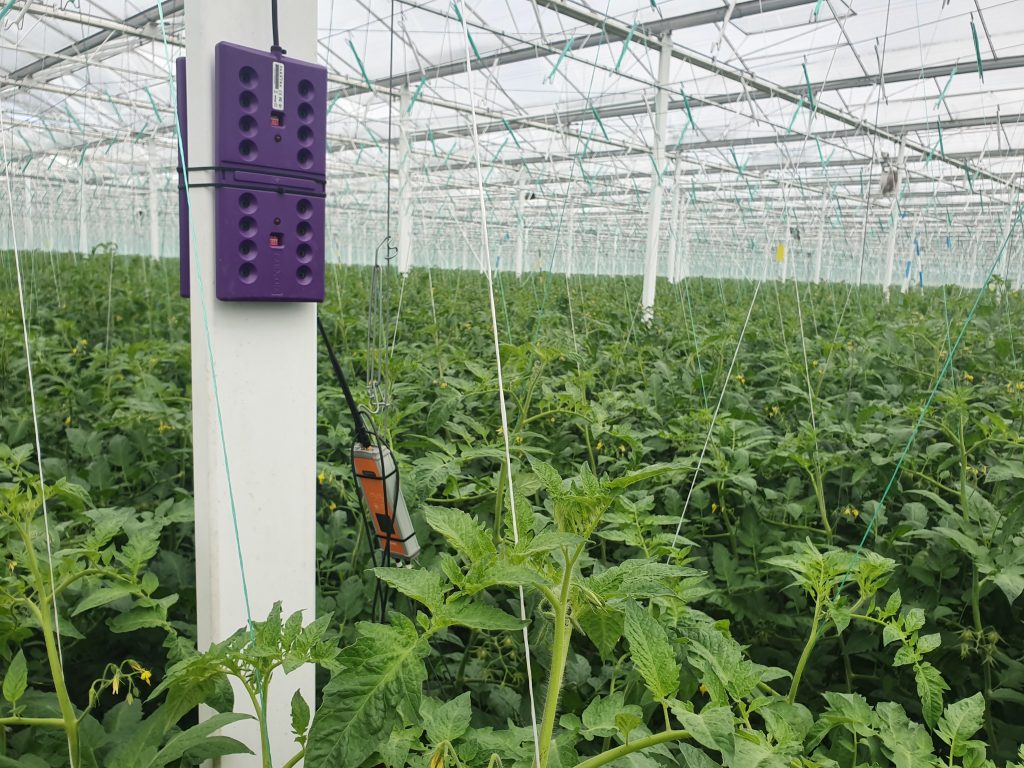Tomato grower Koos van der Burg from Berkel en Rodenrijs has been around for a while. He still paid visits to the Horticultural Research Station in the time when 'when you entered you saw all kinds of measuring equipment hanging on the plants that made you think: 'What should I do with that?'
The techniques were 'abacadabra' for Koos and with him for many fellow growers at the time. Sometimes still, but gradually more and more techniques have found their way to the greenhouse. Also, or especially, at Koos. He closely follows new techniques and dares to test them frequently in his own cultivation practice. Various sensors support him in these tests, including photosynthesis sensors since this year. “I want to be able to recognize plant stress at an early stage to prevent blossom end rot.”.
Measuring novelties
Koos came across Sendot oxygen sensors after investing last year in a nanobubble generator to enrich his irrigation water with oxygen. As soon as that installation started running, Koos wanted to keep track of what it was doing with its water. “You can see the bubbles, but then it stops, with a sensor this will work.”
Koos first became acquainted with such a technique for oxygen enrichment in the last century. In the end, this technique turned out not to work optimally. “Once the water got to the dripper, there was no more oxygen-enriched water. With today's nanobubble technology, this is possible and I can see that reflected in measurements with the oxygen sensors.”
Practical
That reliability is crucial for Koos and goes without saying, but user-friendliness also plays a role, just like that a product must be affordable. Koos explains both on the basis of previous experiences. “I've done fruit temperature measurements before. However, the sensors for this were attached to a large arm and that turned out to be practically ineffective. For the people who did crop work, the sensor often got in the way and if it was accidentally bumped against, the measurements were no longer correct. This is much easier with Sendot's current mobile photosynthesis sensors. They are attached to the blade with a clip. I look them up once a week and then check everything. That's fine.”
Smart tools
Growers can now take measurements much easier and cheaper, for example with Sendot sensors. Erwin Gräfe, Commercial Manager at the sensor developer, sits at the table with Koos and listens carefully to his experiences. “When we started, we immediately focused on affordable, practical sensors. No expensive laboratory equipment, but sensors that are suitable for the hands-on mentality that characterizes horticulture. Only in this way can growers take steps towards more data-driven cultivation. I myself expect that in a few years' time our photosynthesis sensors will have become 'simple' chips. With more sensors, a more complete picture of the plant in the greenhouse can be obtained.
You can watch the whole interview here find.
